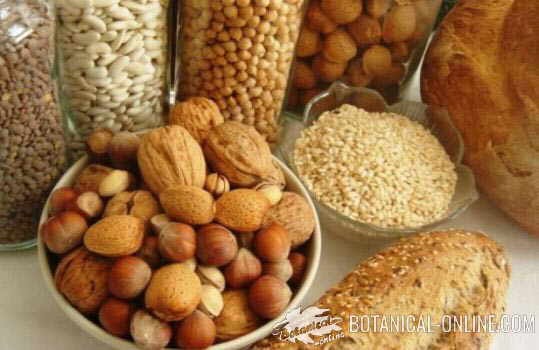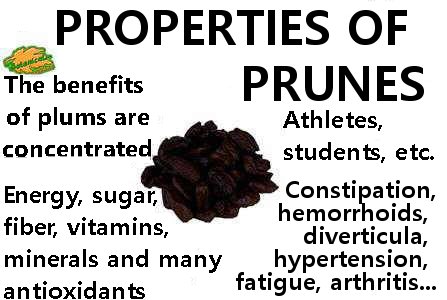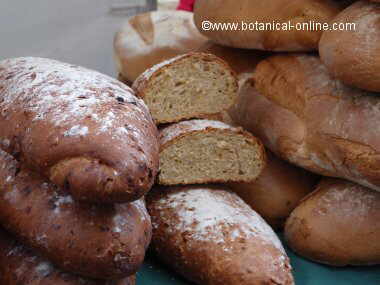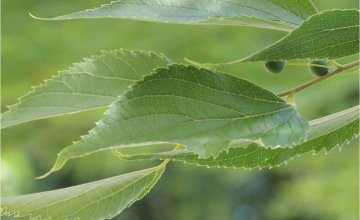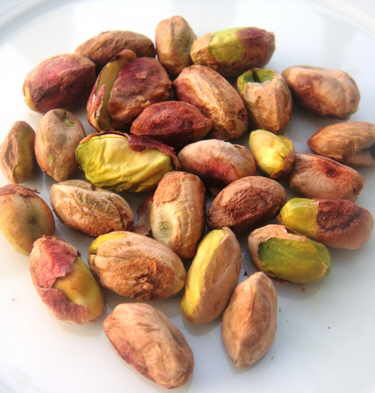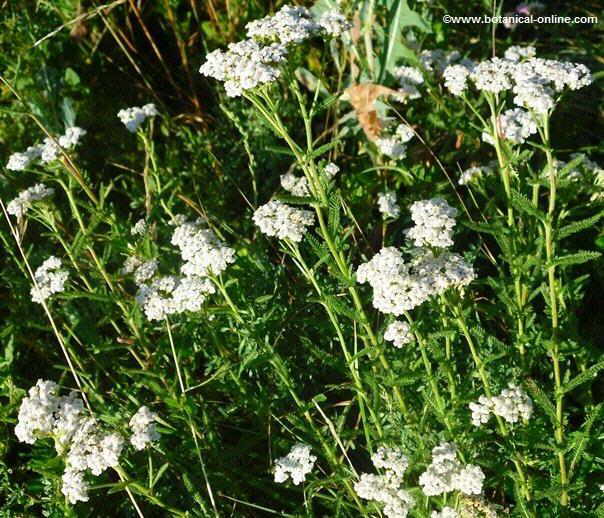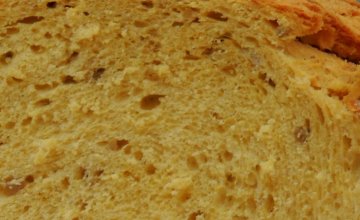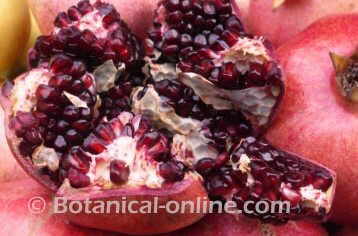Contents
What is a yew?
Characteristics of yew (Taxus baccata)
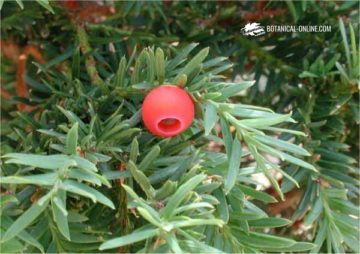
Scientific noun: Taxus baccata L.
Common noun: Yew, English yew, European yew
Family: Taxaceae
Habitat: In humid forests of the European mountains, North of Africa and Western Asia. It is cultivated in gardening. (See cultivation details)
Description of Taxus baccata
Yew is a perennial tree of the Yew family – taxaceae – up to 20 m.
Erect stems, reddish.
Leaves dark green above, light green below, alternate, flat.
Not very conspicuous flowers; male and female ones on separate trees. The first ones yellowish: greenish the female.
Yew fruit is an aril, containing inside the seed.
Components of Taxus baccata
The main active components of yew are the following:
- Alkaloids: Taxine (leaves)
- Glycosides: taxicantin (leaves) and taxiphyllin. (plant)
- Taxol (mainly in the leaves)
- Baccatin (wood)
- Ephedrine (Leaves)
- Acids: formic, tannic and gallic (leaves)
- Vitamins: Vitamin A (fruit)
Active parts: Leaves, branches and seeds.
![]() More information on plants
More information on plants

